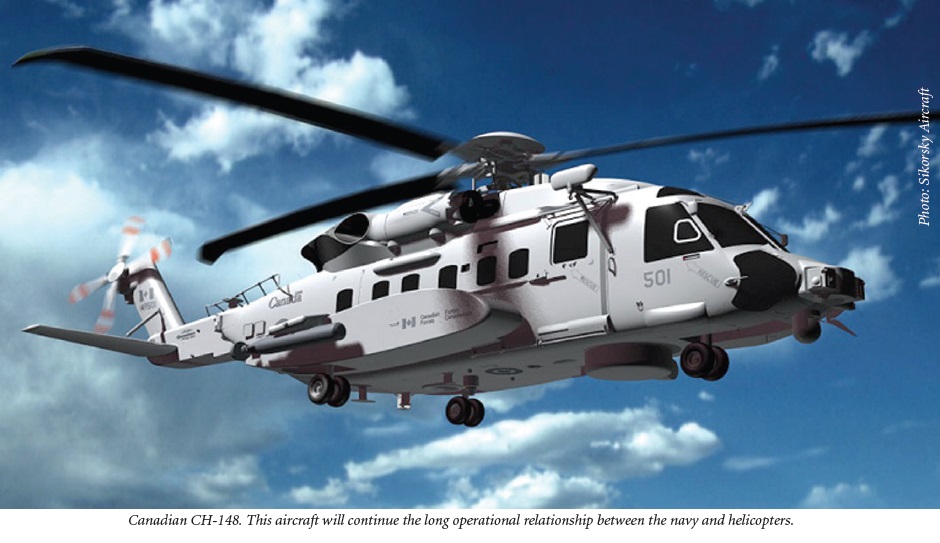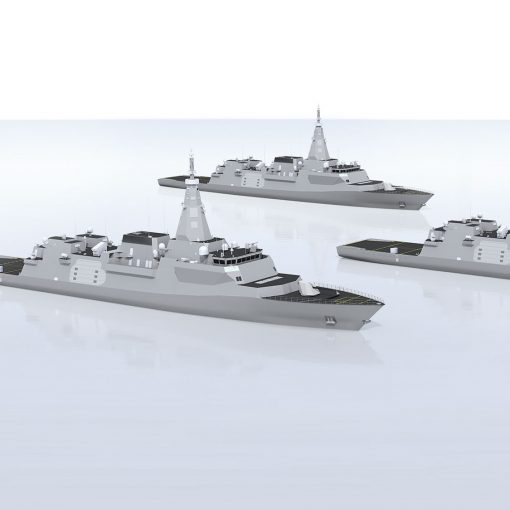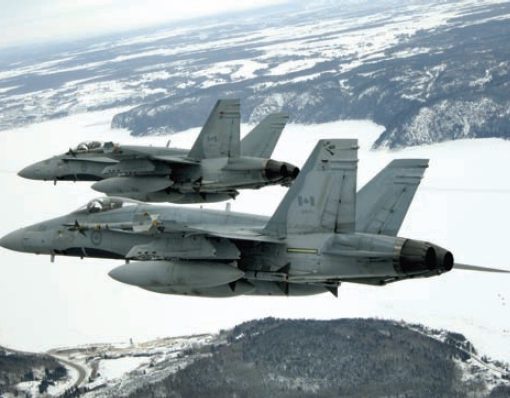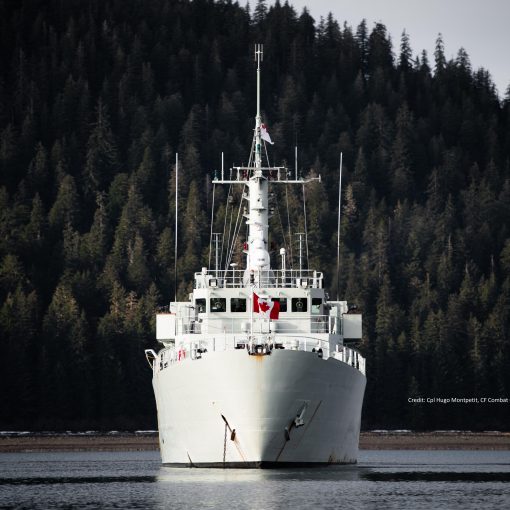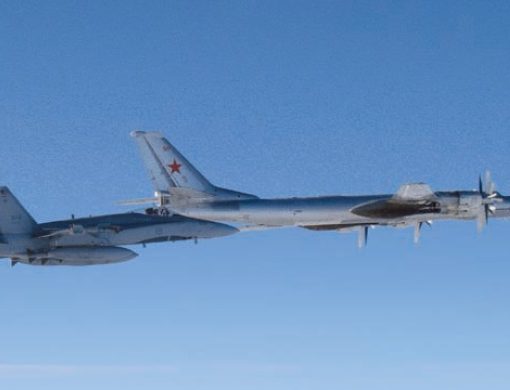There are now two new Sikorsky CH-148 ‘Cyclone’ maritime helicopters at Shearwater. (You can read more about the Maritime Helicopter Project here.) The first arrived in May and a number (which varies depending on the source) of ‘interim’ aircraft will follow soon. The ‘final configuration’ aircraft are supposed to begin arriving in June 2012 and should quite swiftly replace all of the old ‘Sea King’ helicopters at a final average rate of about one per month. At the end of the process, Canada will have 28 maritime helicopters that are, according to one Air Force expert, equipped with sensors that are “three or four generations ahead of the Sea King.”
The whole story of the acquisition of the Sea King helicopter and its final replacement is examined in detail in a book by Aaron Plamondon entitled The Politics of Procurement: Military Acquisition in Canada and the Sea King Helicopter (UBC Press, 2010). You can read a review of his book in the Fall 2010 issue of Canadian Naval Review here. The review is critical of the author’s analysis of the changing need for a maritime helicopter in the post-Cold war era. But, in all, it is still a very interesting read that causes me to wonder several things about whether or not the need for maritime helicopters has really been figured out yet.
I was part of the team that wrote the Statement of Requirement (SOR) that eventually led to the procurement of the Cyclone. My part was pretty peripheral, as I was the only ‘fish head’ on the working team and the ‘rotor heads’ were firmly in charge. After all, Air Command ‘owned’ the helicopters and only ‘loaned’ them to the navy for operations. It was clear that the previous SOR indicating the EH-101 ‘Cormorant’ was the best suited for naval needs and had been ‘shot down in flames’ by the politicians could not be repeated or it would suffer the same fate. So, a significantly cut down version was crafted and put forward to see how much ‘flak’ it would draw. It passed and the program went ahead. Despite all of this, the main point was that the military requirement was foremost and it was still based on the kinds of things that the navy did in its combat role. There was no real interest in the other non-combat roles of the navy either from the ‘rotor heads’ or from the ‘fish heads’.
If we thought that the public and the politicians had little interest in military requirements for helicopters then, imagine how much less they care about them now. A poll conducted for the military recently (but not released) indicates that a majority of the public wants the military to go back to peacekeeping, humanitarian operations and other less hazardous ‘sovereignty’ duties. So, with the new helicopter arriving, are we set with the type of aircraft needed for the next few decades of whatever the navy-air force team will be doing together?
Plamondon identified at least two analogies between the time when the Sea Kings were procured and the current context: the role of the naval helicopter was unclear, and the ship that it would operate from was not yet designed. But, by the time the Sea Kings needed replacement a lot had been sorted out:
“In addition to the classic ASW capability, the security environment of the 1990s demanded that the aircraft also be used in the maintenance of Canada’s sovereignty and security through active participation in drug interdiction, environmental monitoring, fishery protection, search and rescue, international peacekeeping and humanitarian aid, control of maritime approaches, and response to international contingency operations, including support to land force operations.” (P. 195).
The new navy to be built by the National Ship Procurement Strategy has not been openly discussed. The majority of the funds will go to building combat ships and the Cyclone will eventually fly from those ships. It looks like this helicopter’s advanced sensors will mean that the future frigate-helicopter marriage will be a good one as far as the military role is concerned. But, what about the other things that the navy does in the constabulary and diplomatic roles?
The Sea King did a lot of good work during the disaster relief operations in Haiti. The ‘Fact Sheet’ for Operation Hestia does not separate out the amount of cargo and people carried by the single maritime helicopter, but is was a significant proportion of the total. Captain(N) Art McDonald, the Maritime Component Commander for Op Hestia, briefed the Security and Defence Forum conference in Halifax last fall that Athabaskan’s Sea King ‘helo’, nicknamed ‘Big Dawg’, doubled the lift capacity of the Canadian contingent, even though six other CH-146 ‘Griffon’ helicopters were also in theatre (two of which were configured for SAR duties). ‘Big Dawg’ flew over 70 sorties amounting to more than 225 hours of flight time and delivered over 160,000 pounds of disaster relief supplies. If the situation repeats itself, which it is almost bound to do, how much better will the Cyclone perform than the Sea King?
One thing is for sure; the Cyclone could do better because the requirement for tactical transport capability was added as an afterthought. Plamondon writes:
“Of the final two MHP [Maritime Helicopter Program] competitors, only the Cormorant possessed a designed, certified, and in-service tactical transport capability; however, this capability was neither considered nor given value during the competition because it had not been required by the Request for Proposal. … Only a few months after the award [on 23 November 2004], the government initiated a contract change, at considerable additional cost to Canada, for Sikorsky to design, develop, and deliver a tactical transport capability for the H-92.” (P. 177.)
The transport capability is only a partial one, however. Instead of being able to offload all of the sensors and crewmembers related to weapons systems, the version of the Cyclone that Canada will acquire will only be able to empty some of the combat equipment. The aircraft is completely able to fly with just the pilot and co-pilot positions manned, but some of the airborne tactical systems were deemed ‘mission critical’, so space and weight for them was preserved instead of being able to use the entire after end of the cabin for cargo. In a situation where a disaster is unfolding, the Cyclone will fly about carrying useless deadweight because of a Cold War ‘hangover’ that combat capability must at all times rank higher than logistical capacity.
Plamondon shows that modifications of the Sea King for it to be better suited to national requirements was a logical and productive process that benefited both the national industrial base and the capabilities of the military. (P. 191) If history holds true, modifications for the Cyclone will surely follow, although some of them may be to increase its capacity for humanitarian assistance and disaster relief, requirements that were identified, but ignored, long before these ‘other’ capabilities of a maritime helicopter showed their worth in Haiti.
Public and political support to military procurement in the future will relate, first and foremost, to what the people and the government value most. If they value humanitarian assistance and constabulary sovereignty duties more than military ones, it seems pretty odd that they should be add-ons, and only partial ones at that. It only takes a little imagination to conjure important tasks for maritime helicopters that have significant logistical capacity in naval and joint missions. The lives saved by that capability might be Canadian ones in the next disaster. The political and public support earned by knowing the navy-air force team has the ability to respond effectively will be priceless.

